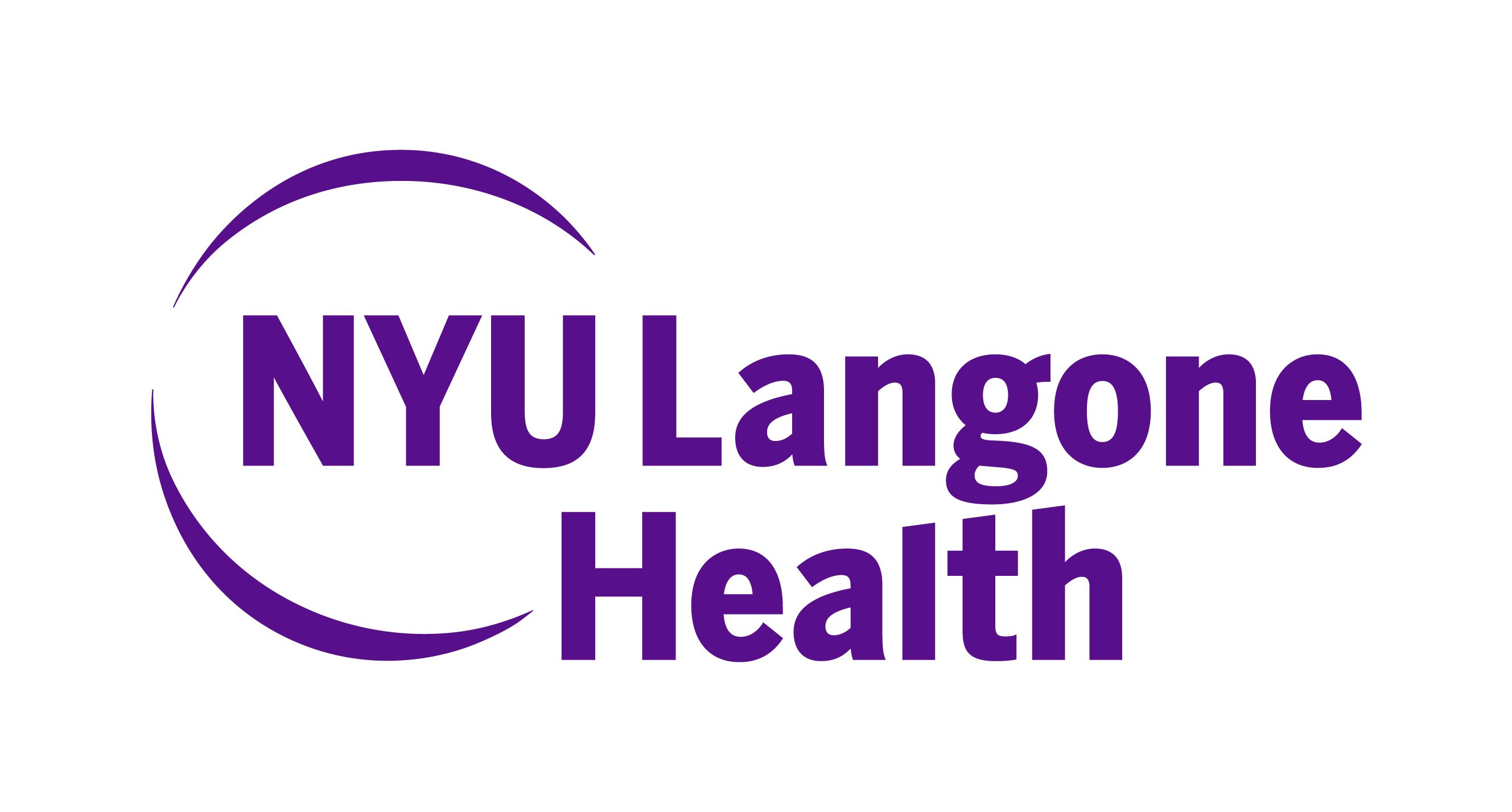
Study Maps Key Proteins Linked to Epilepsy, Revealing New Drug Targets

Researchers at NYU Grossman School of Medicine clarified the role of GNB1, which may be a strong target for epilepsy therapies.
This content is courtesy of NYU Langone Health. To view the original post,
An analysis of adult human brain tissue reveals over 900 proteins tied to
Led by researchers at NYU Grossman School of Medicine, the study examined molecular differences among the brains of 14 people with epilepsy and another group of 14 adults of similar age and gender who did not have the condition.
Study results showed that altered levels of brain proteins predominated in the hippocampus, a structure located deep inside the skull and responsible for memory and learning. However, some 134 proteins were significantly changed in both the hippocampus and frontal cortex, the front third of the brain, which is also responsible for controlling thought and body movements. Most of the changed proteins were tied to genes in charge of protein production and linked to epilepsy in much smaller, earlier studies, but 4 of the 20 most-altered proteins had never previously been associated with the disorder.
One particular protein, researchers say, stood out as the most significantly depleted across all brain regions. Called G Protein Subunit 1, or GNB1, the protein is known to play an important role in dozens of biological reactions, or pathways, involved in nerve growth and communication throughout the brain, but they say its precise role in epilepsy remains unclear.
Despite decades of research, researchers say, the causes of epilepsy remains unknown. Dozens of drugs are used to control seizures by targeting known protein weaknesses, excesses, or deficiencies, and the “electrical storms” they trigger in the brain, but fail in one-third of patients to do so.
“Our analysis identifies hundreds of potential new treatment targets for epilepsy, focusing on areas of the brain mostly damaged by the disease,” says study co-senior investigator
“While our results point to the hippocampus as the brain region most vulnerable in epilepsy, further research is needed to confirm if this region is the primary source of the illness from which damage spreads out across other brain regions, as well as how epilepsy is mutually tied to other disorders, such as dementia and depression,” says Dr. Devinsky, who also serves as director of the
“Of particular interest, these findings suggest that the G Protein Subunit 1 brain pathways are a strong target for new epilepsy therapies,” says study co-senior author
Dr. Wisniewski, the Gerald J. and Dorothy R. Friedman Professor in the Department of Neurology and director of the
Dr. Wisniewski says the NYU Langone team has plans to create a database that depicts “the brain landscape” of epilepsy protein and gene targets. They also plan initial clinical studies to determine how existing GNB1-altering medications may prevent or treat the disorder.
Funding for the study was provided by National Institutes of Health grants U01 NS090415, P30 AG066512, P01 AG060882, and S10 OD010582. Additional funding support was provided by the Bluesand Foundation and the Philippe Chatrier Foundation.
In addition to Dr. Devinsky and Dr. Wisniewski, other NYU Langone researchers included study lead investigators Geoffrey Pires, PhD, and Dominique Leitner, PhD; as well as study co-investigators
Newsletter
Keep your finger on the pulse of neurology—subscribe to NeurologyLive for expert interviews, new data, and breakthrough treatment updates.



























